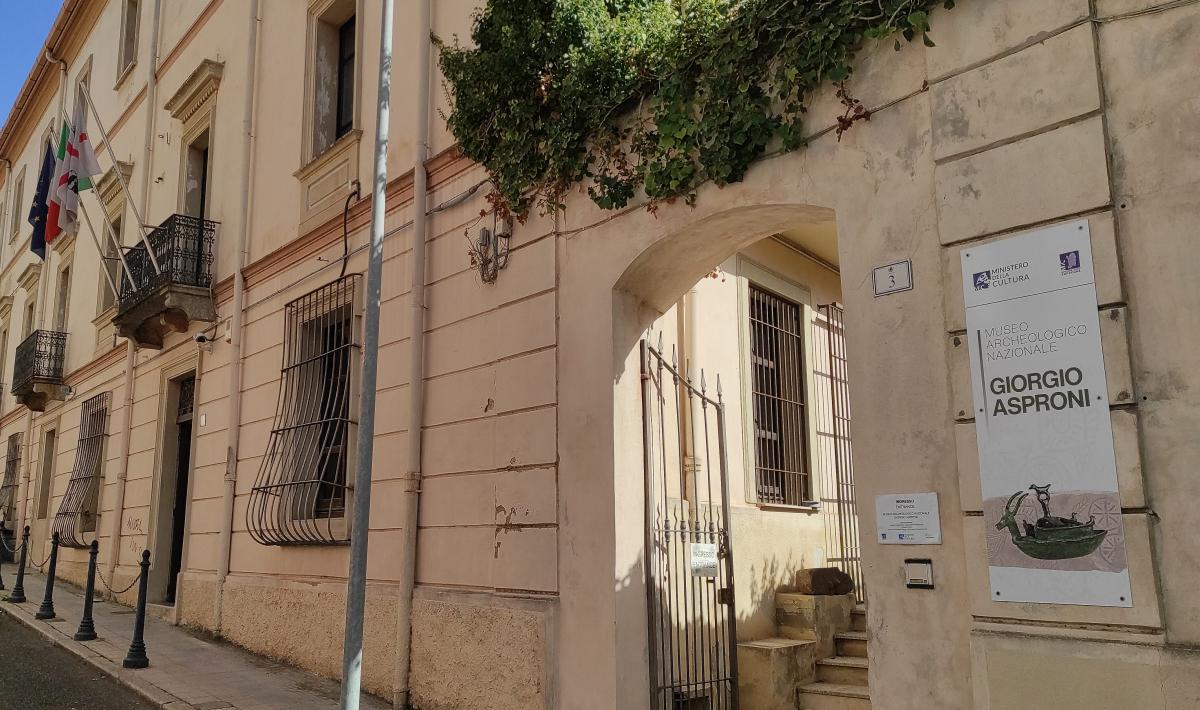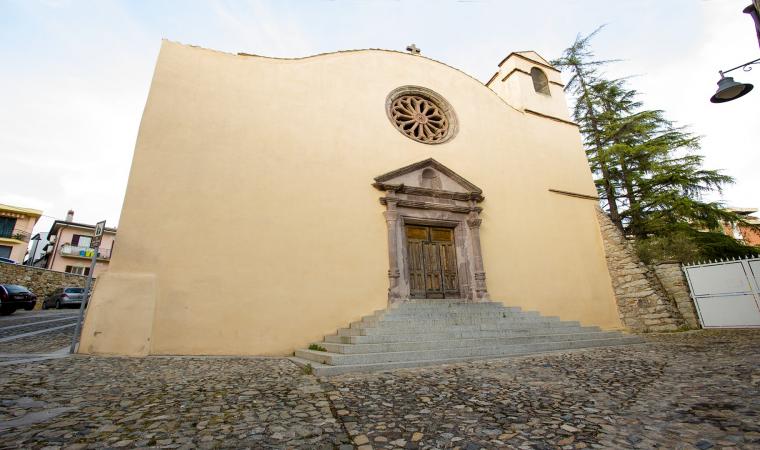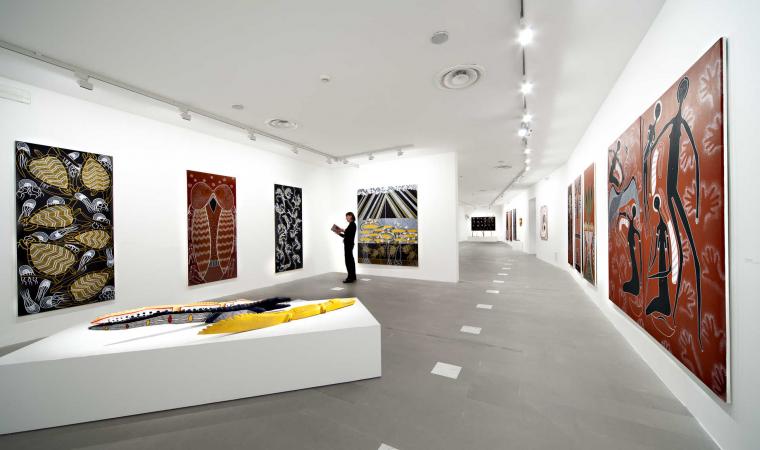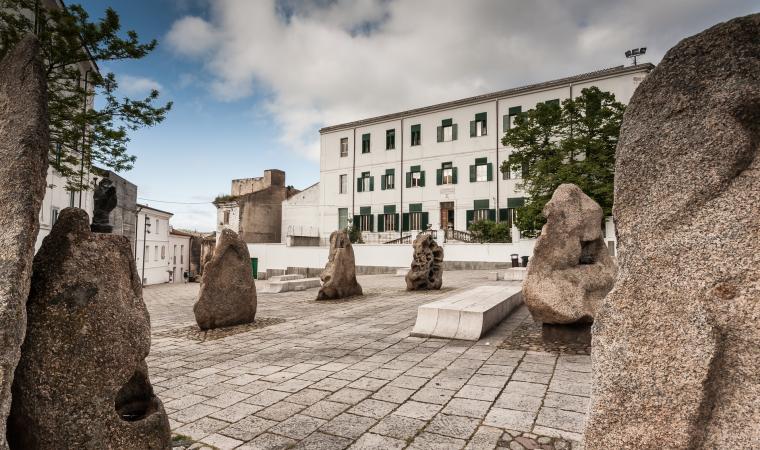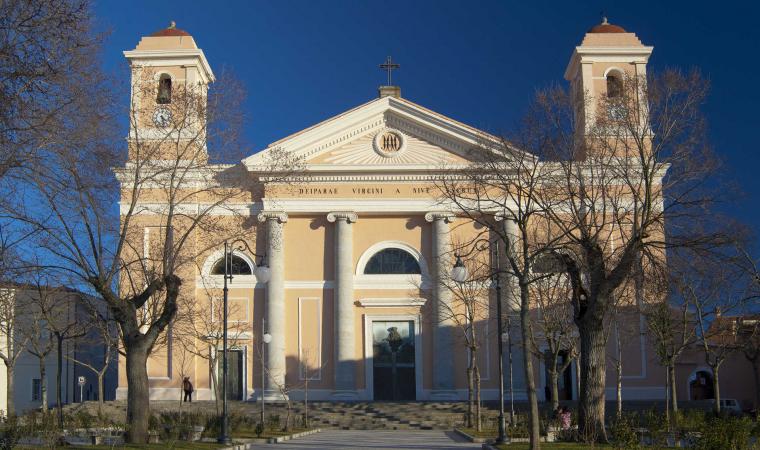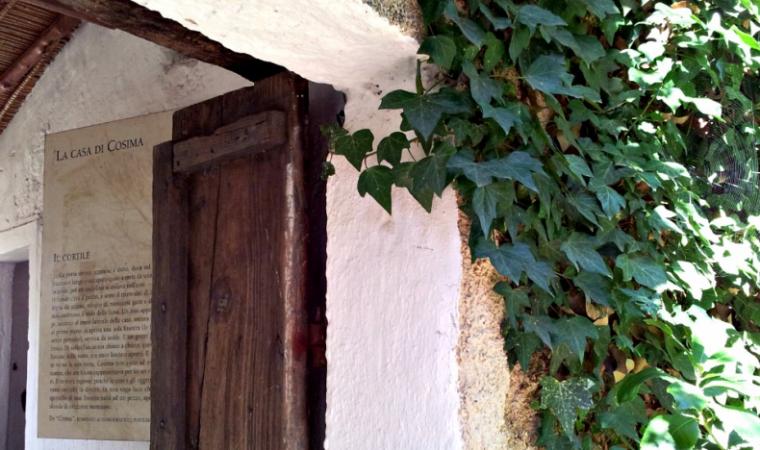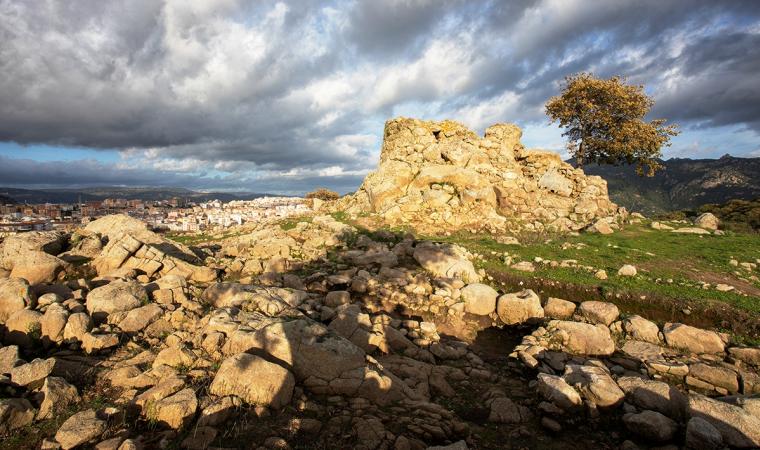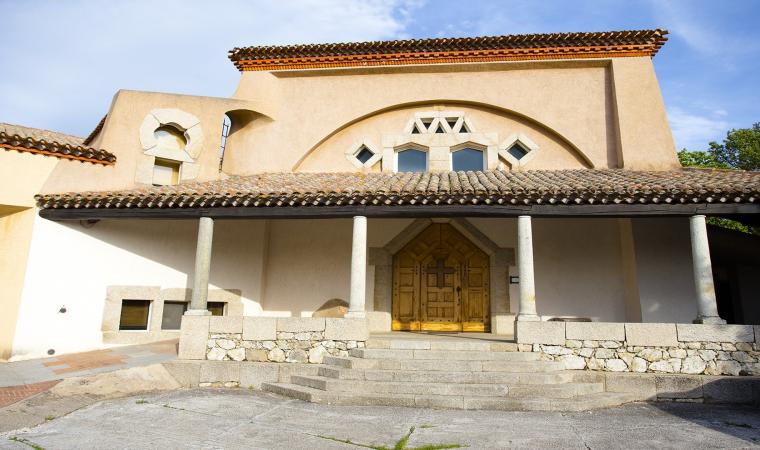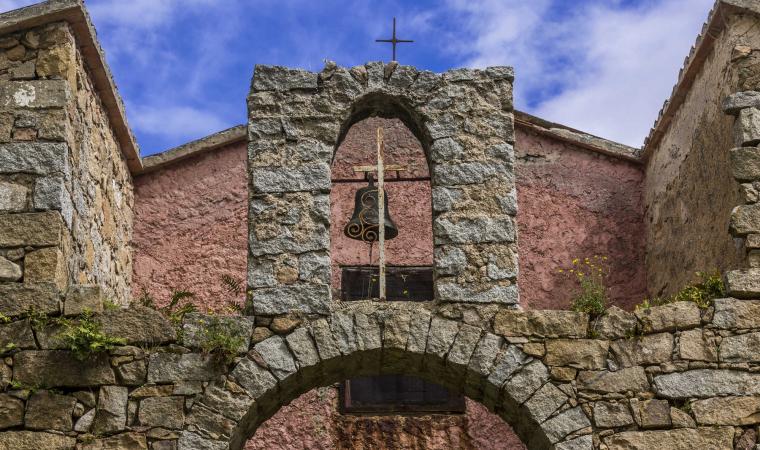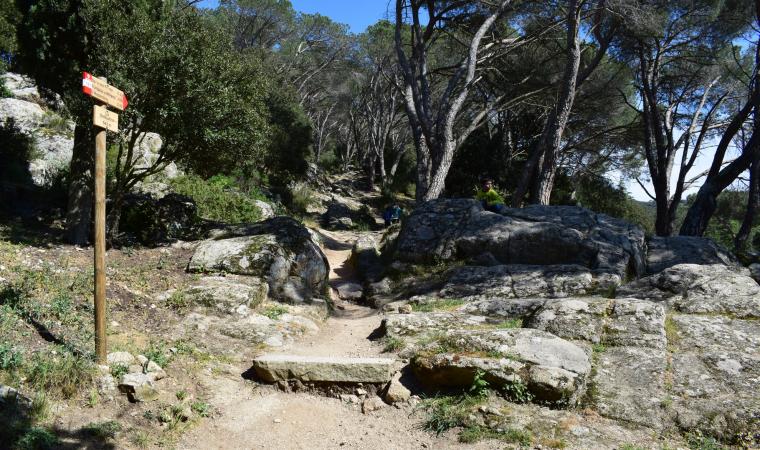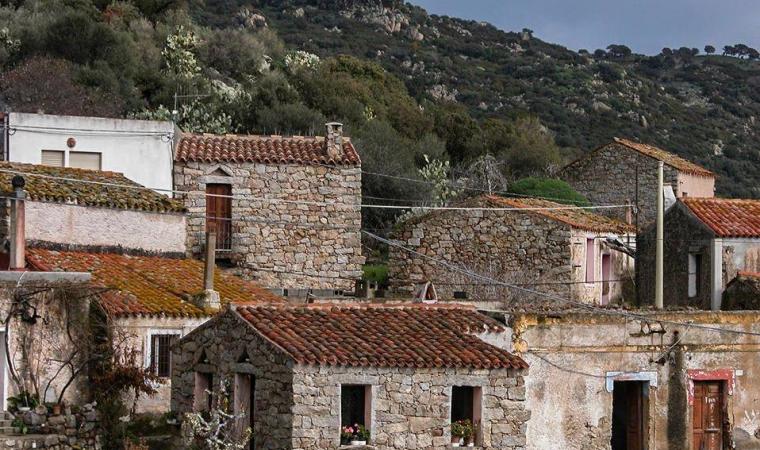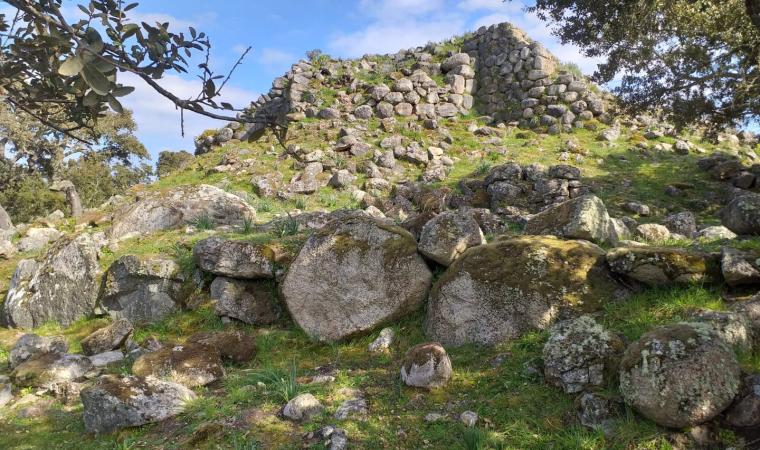It is one of the sources of pride in a city that, thanks to its artistic and cultural ferment, has earned itself the title of ‘Sardinian Athens’. The National Archaeological Museum of Nuoro, dedicated to the intellectual and political figure of Giorgio Asproni, is located in the historic centre of the main city of Barbagia, a stone’s throw from the Cathedral of Nostra Signora della Neve. The exhibition is located inside a historical 19th century neoclassical-style building that belonged to Asproni himself. It was inaugurated in 2002, but contains a collection with a decidedly older history: the collection dates back to the early 20th century, when Canon Mauro Sale entrusted the objects in his possession to the Municipality of Nuoro. Thanks to donations from private individuals and the activity of the Gruppo Grotte Nuorese, the ‘speleo-archaeological civic museum’ opened in 1978 and, after closure and integration of the collection following further excavation campaigns, led to the emergence of the present-day museum.
The exhibition maintains its dual archaeological and palaeontological nature: starting from the evidence of vertebrates from Monte Tuttavista in Galtellì and from Grotta Corbeddu in Oliena, you will find yourself travelling through time, with Palaeolithic and Neolithic artefacts, objects dating back to the Copper Age and a rich Nuragic collection, including artefacts from the sacred well of Su Tempiesu in Orune and from the village of sa Sedda 'e sos Carros in Oliena. Regarding the latter, you can admire the reconstruction of its spectacular circular well. There is no shortage of evidence from the Phoenician-Punic and Roman eras, with materials also recovered from the depths of the sea. The journey ends with the Middle Ages, represented by artefacts found in the Castello della Fava in Posada. One of the main attractions is the reconstruction of the tomb and of the funeral objects of Sisaia, a woman who lived in the early Bronze Age (2200-1800 BC) in the territory of Dorgali, famous as evidence of the most ancient cranial drilling achieved on the Island.
One of the fascinating features of Nuoro is its varied cultural attractions. Walking for a few hundred metres, you will reach the MAN – Museum of Art of the province of Nuoro. Inside, works by the greatest Sardinian artists, like Nivola, Lai, Delitala and Ciusa, coexist with contemporary trends. In the outskirts, there is the ethnographic museum, where you can gain a deeper knowledge of Sardinian material culture, with objects, masks, clothes, musical instruments and toys. A stop at the birthplace of the most famous Nuoro-born personality in the world, Grazia Deledda, is a must. It has now become the Grazia Deledda Museum. Lastly, the open-air museum in Piazza Satta, ‘created' by Costantino Nivola, is worth a visit.

